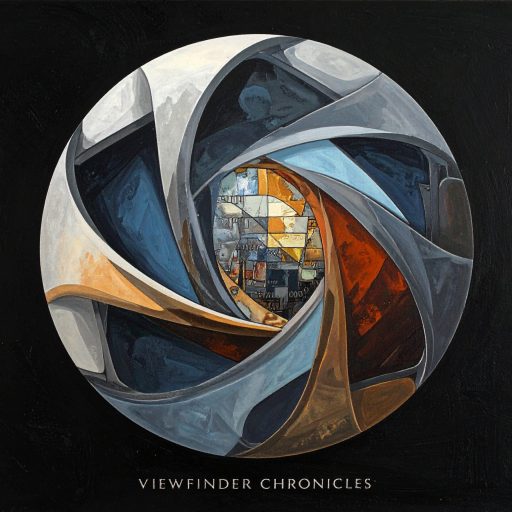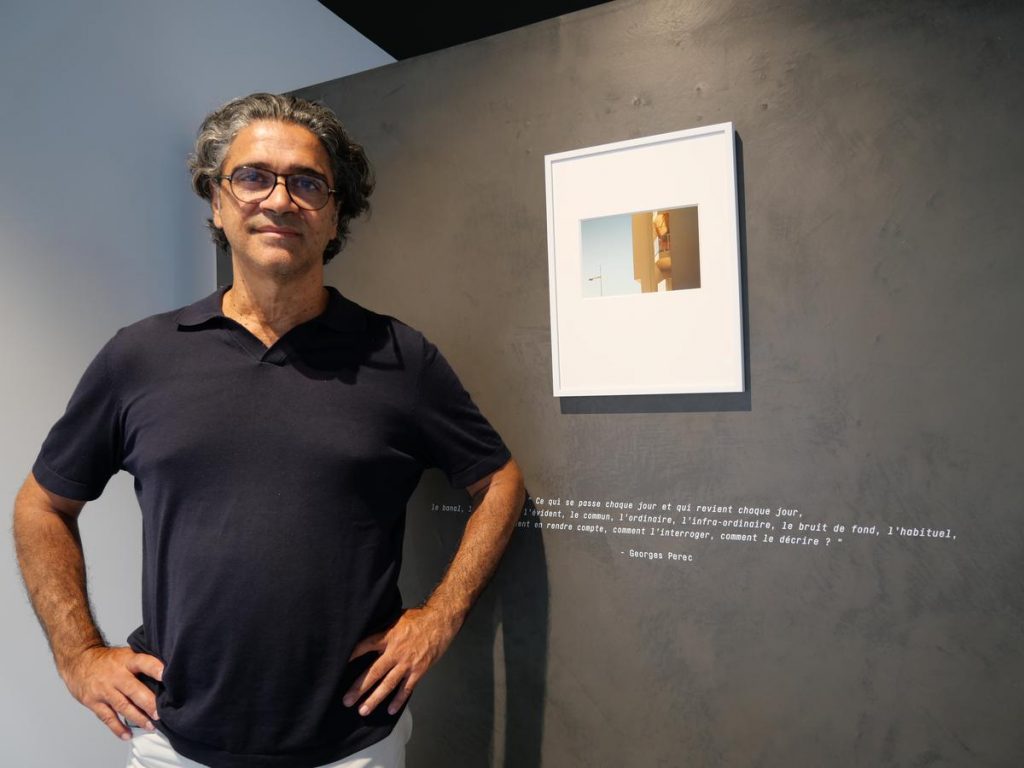
My journey to discovering the work of Roberto Badin began, as many profound discoveries do, in a deep rabbit hole of local history. As someone who’s always been fascinated by Aberdeen’s past and the quiet narratives etched into its streets, I found myself tracing the origins of a famous Scottish whiskey, Chivas Regal, which began right here in my city. This seemingly random pursuit led me to an image of the whiskey bottle, a picture that was both striking and evocative. It was a photograph that didn’t just show a product, it told a story. After some digging, I found the artist behind the lens, Roberto Badin.
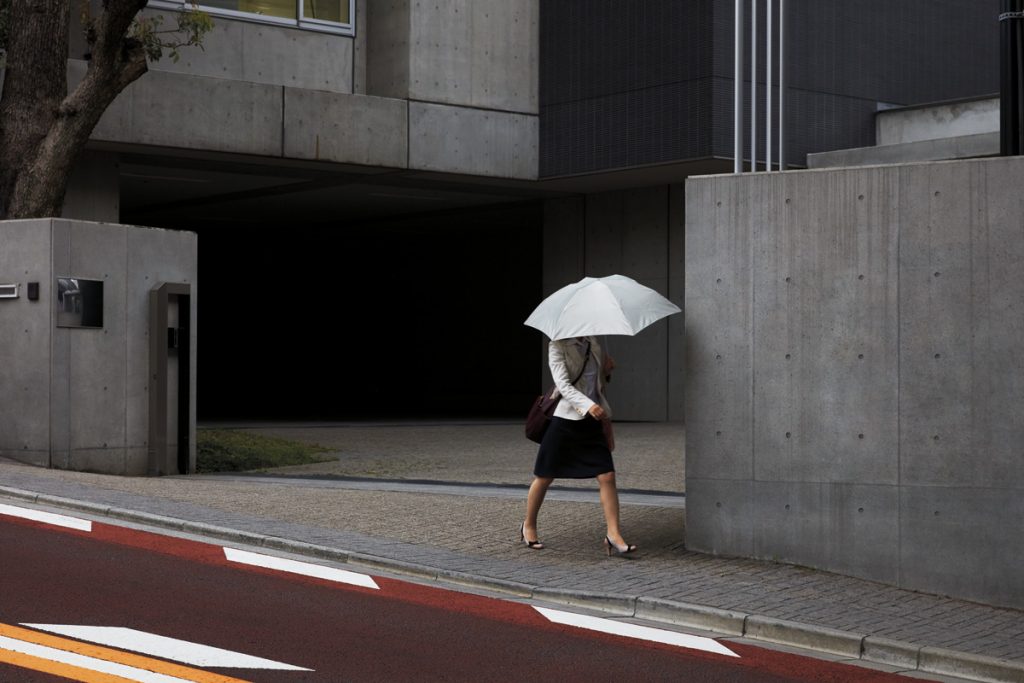
Roberto’s own story is one of fascinating creative convergence. Born in Rio de Janeiro, Brazil, his early visual world was shaped not just by the sea but by the architectural achievements of figures like Oscar Niemeyer, a lifelong inspiration. He began his photographic journey at the age of 14, drawn to the medium’s power to capture everything around him. This early fascination later led him to a career in fashion photography, but he eventually found his true calling in still life. What he found was a unique dimension, a chance to meticulously construct an image while still embracing a sense of spontaneity. His work, though thoughtful and composed, feels like a natural and intuitive moment, never losing the sense of humanity within its frames. As he has said himself, the most important part of “still life” is the “life” part, not the “still”.
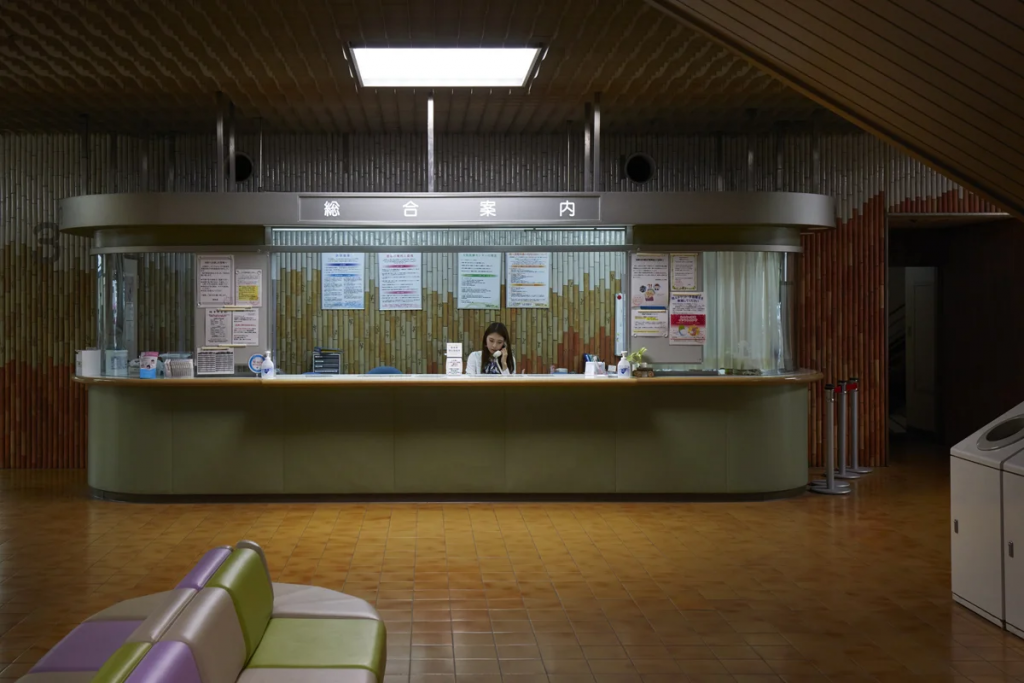
This philosophy is clear in his award winning work for major international brands, where he brings a personal and artistic vision to commercial campaigns. A campaign for McDonald’s in Paris, for example, transformed the brand’s image by using dreamlike photographs of Parisian architecture seen through rain soaked windows. It’s a testament to his ability to find a deeper narrative, making the viewer feel a potent sense of something more. Rather than relying on filters or heavy post production, his approach centres on the balance of the image, where the dynamic movement of the rain contrasts with the composition of the city in the background. It’s this masterful control and storytelling that has earned him prestigious awards, including the Cannes Lions.
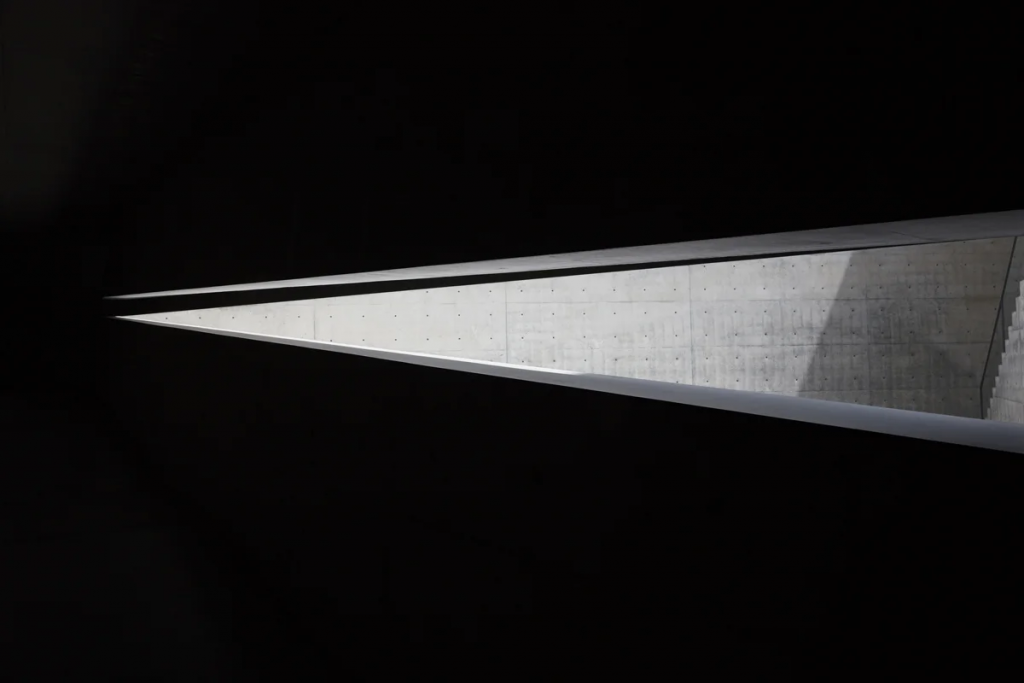
Roberto’s personal projects, like the books Inside Japan and Après L’été, take this same cinematic vision into the world.
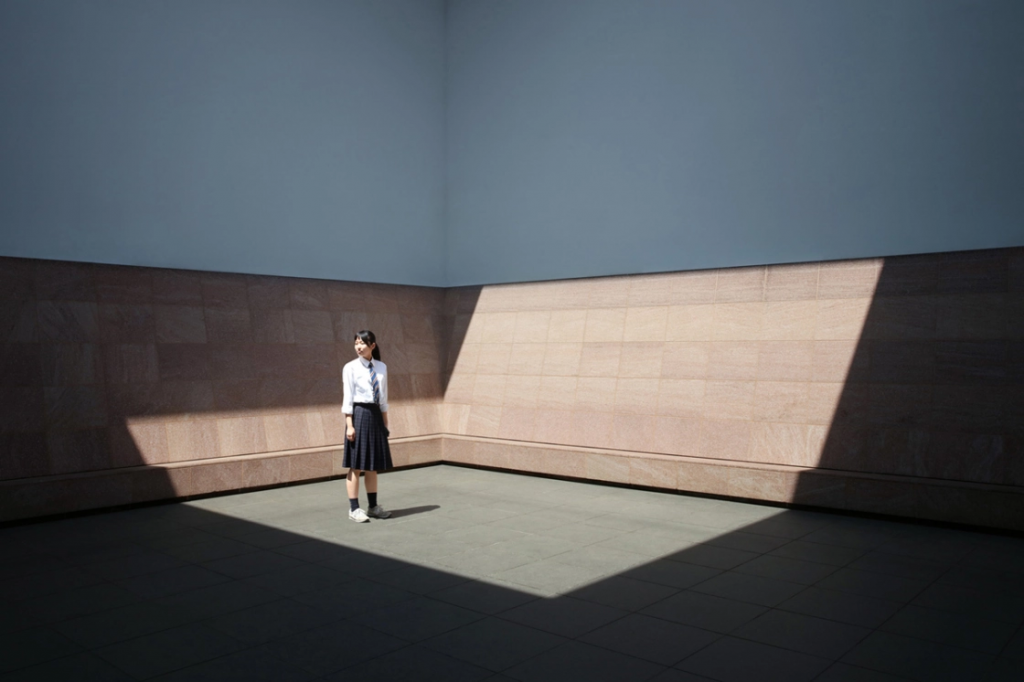
Inside Japan was born from his childhood fascination with Japanese cartoons and TV shows, which made the country seem like a “distant planet”. The project challenges the familiar stereotypes of a bustling metropolis, instead seeking out quiet moments of reflection and capturing the “underlying loneliness” of the country’s urban spaces. Similarly, his more recent book, Après L’été (After Summer), is a demonstration of how a familiar environment can be rediscovered through imagination and intuition. The book is a testament to his belief that even the most ordinary surroundings hold a fascinating and secret beauty.
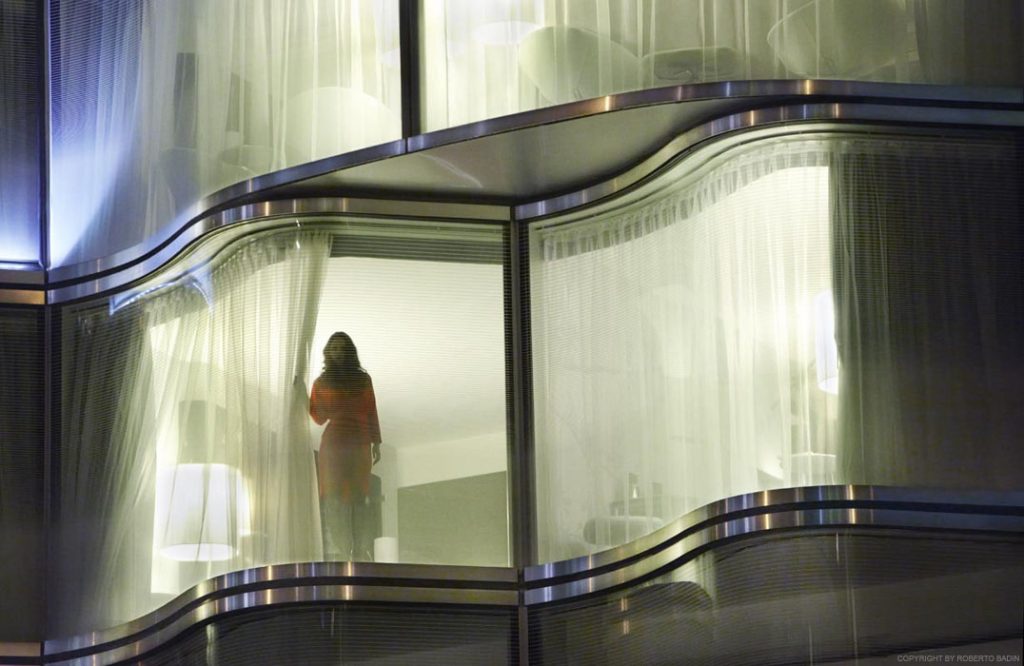
Roberto Badin’s work is a powerful reminder that photography is not just about what is in the frame, but what is felt and imagined. He has a unique gift for revealing the magic that lies beneath the familiar, constantly questioning the habitual and urging us to look closer. Through his lens, architecture, objects, and people all become characters in a larger narrative, and it’s a profound experience to see the world through his eyes, a world where every element is intentional and every moment is ripe with a story waiting to be told.
Here is the interview.
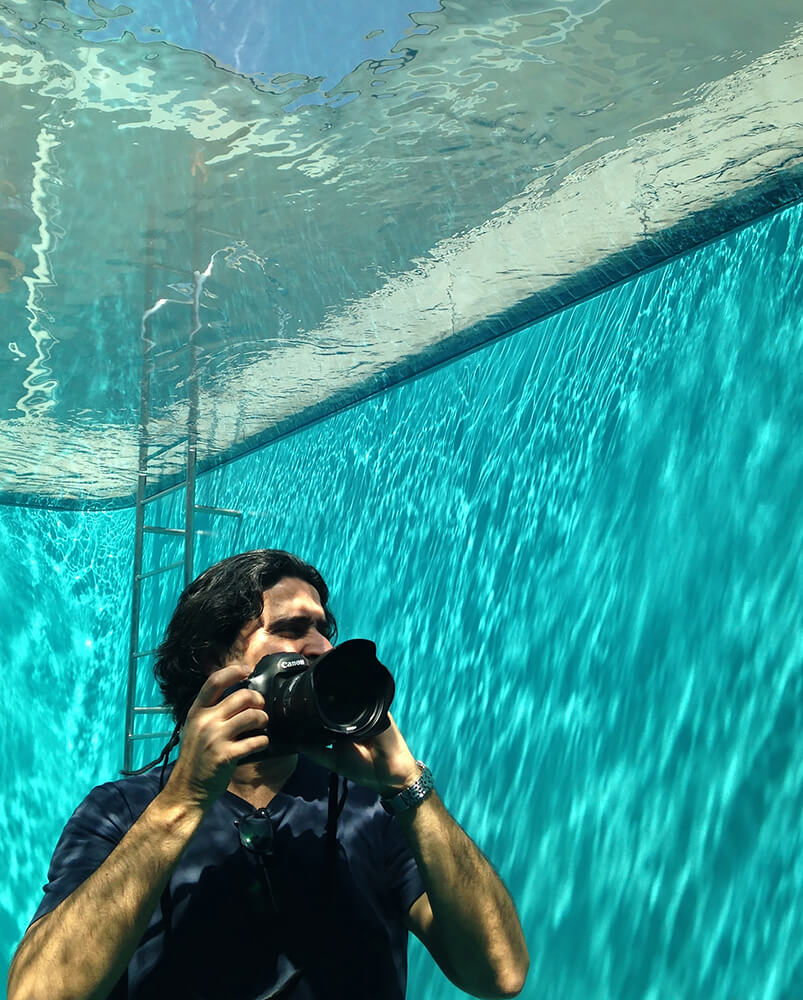
Can you share the story of how you first discovered your passion for photography at the age of 14 in Rio de Janeiro?
I was born in Rio de Janeiro Brazil. At the age of 14 I got a simple camera and took pictures of anything & everything. One day I was watching a sunset and the film (35mm) stopped. In fact it was finished. I absolutely wanted to “unfreeze” it and without realizing it I caused a double exposure. When I discovered the result when I got the prints back from the lab I was fascinated by what I camera could do. So I decided I had to continue exploring this new tool. And I haven’t stopped taking pictures since then.
Without formal photography lessons, you learned from books and practice, what were some key books or self-taught techniques that helped you build your foundation?
First I worked in a photographic analog laboratory in Buenos Aires, Argentina. At that time I became interested in the technique through books before coming to France at the end of the 80s, where I started to work as assistant of the prestigious fashion photographers. But it was when I started working with still life in the studio I really learned the dimension of photographic technique.
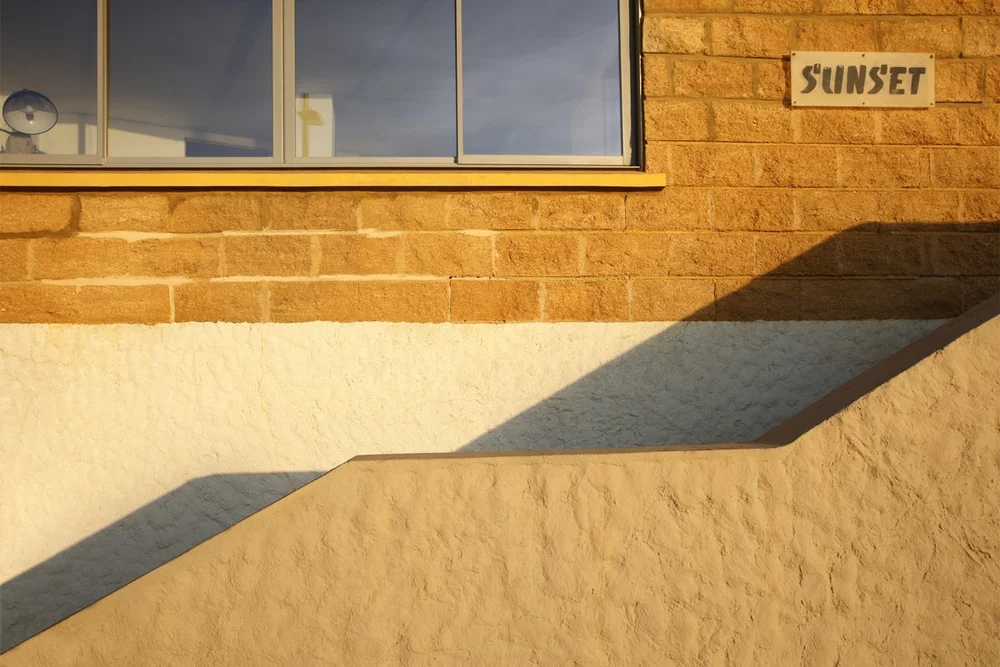
Starting as a fashion photographer, what drew you to that genre, and what was the specific realization that prompted your pivot to more still life?
I really like fashion and I admire some photographers of the generation of Javier Vallhonrat, Peter Lindbergh and Jacques Olivar among others. The fashion image is ephemeral, because fashion is ephemeral. I found in the construction of still-life images a temporality and a mastery of all the components that cannot be achieved in a fashion photography.
How long do you typically spend with a scene before taking the photograph, and what signals to you that you have captured what you intended?
If you mention street photography, there isn’t really a formula to follow or a specific way of working, because you have to constantly adapt to your environment. What I can tell you is that nobody poses for me, I am always surprised to see the attention some galleries and curators can pay to these photographers which stage an ordinary situation, it’s like fishing in a fish breeding pond, no interest!
I like to remain discreet, sometimes I focus my gaze on a specific space, but I don’t insist on waiting for something to happen inside my frame. What fascinates me is the ” The Decisive Moment » as Henri Cartier Bresson said once.
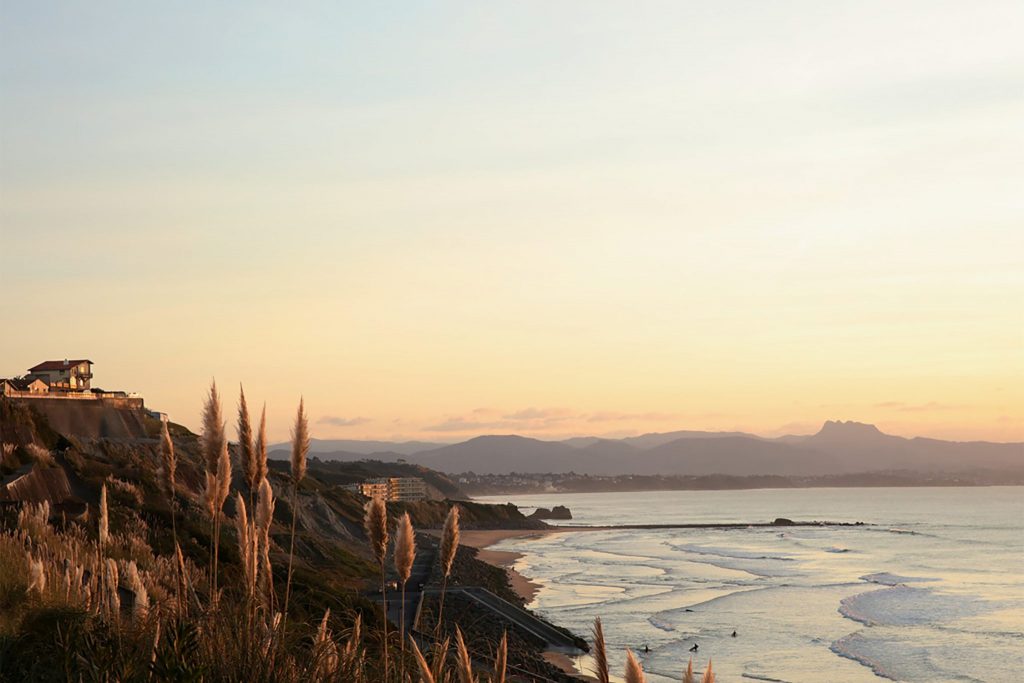
Post-production seems minimal in your work. What is your philosophy on editing, and when do you decide an image need adjustments?
I like to share a vision of reality as I see it Post-production remains minimal even if it exists and I assume my intervention. The important thing is the final image and the emotion it gives off.
You’ve worked with major brands like Prada and Dior. How do you bring your personal vision and aesthetic to a commercial campaign while still respecting the client’s brief?
When a brand like Cartier invites me to create images, to talk about a recent international campaign, it has a very precise brief that must be respected and optimized.
If they chose to work with me it is because they were seduced by the vision that I can bring to their product.
There is a lot of preparation and communication between the brand, the creatives who conceived the visuals and myself. Everything is extremely precise and well prepared with all team.
The major brand knows which professionals are capable of interpreting their briefs, it is not easy to understand all the issues involved in producing this type of campaign.
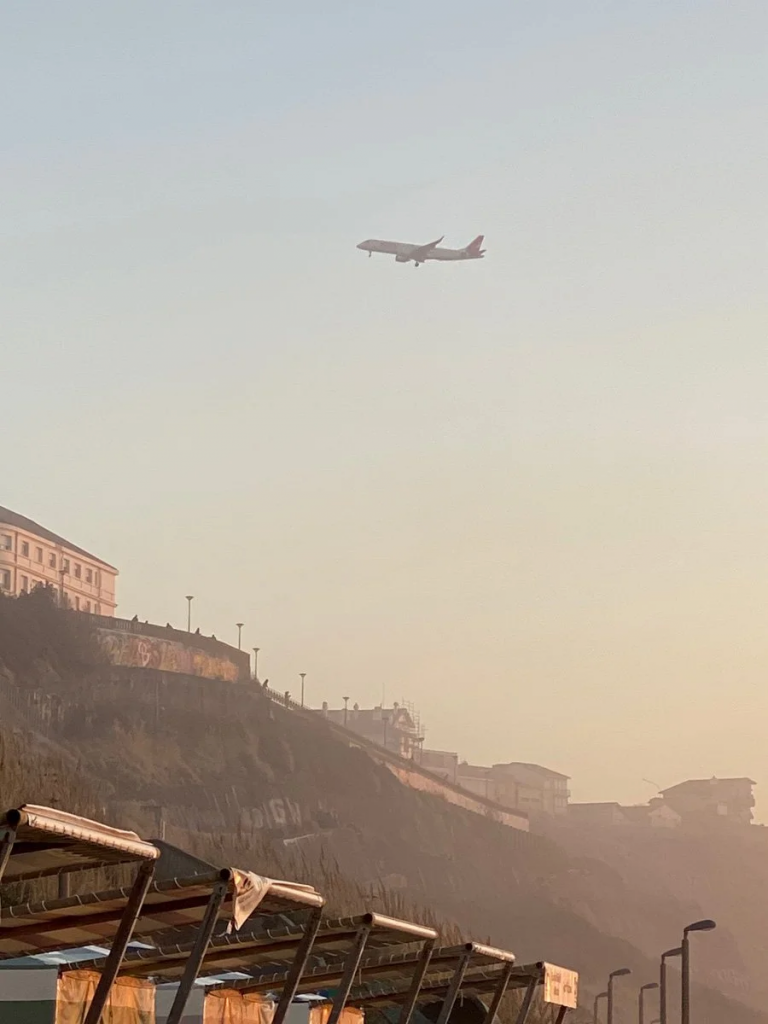
How do you protect your creative identity when working with global brands?
I listen to them above all because to give them an artistic vision it is necessary to understand the whole project well, the unity of a whole creative identity will come about by itself, with time, when a vision ends up being printed, if you understand what I mean.
You’ve warned young photographers about the “homogenization” caused by social media. What is your advice for how they can find their own unique voice?
It seems sad to me to see that not only young photographers but also some creatives and even clients have social media as their only source of inspiration. This is a fact.
What bothers me is not social media itself, but the lack of curiosity, it causes a sort of “looping look”.
I don’t have any advice to give to anyone, those who do have always seemed very pretentious to me. On the other hand I suggest open-mindedness, curiosity and a sense of observation.
These are the pillars of a photographer’s work.
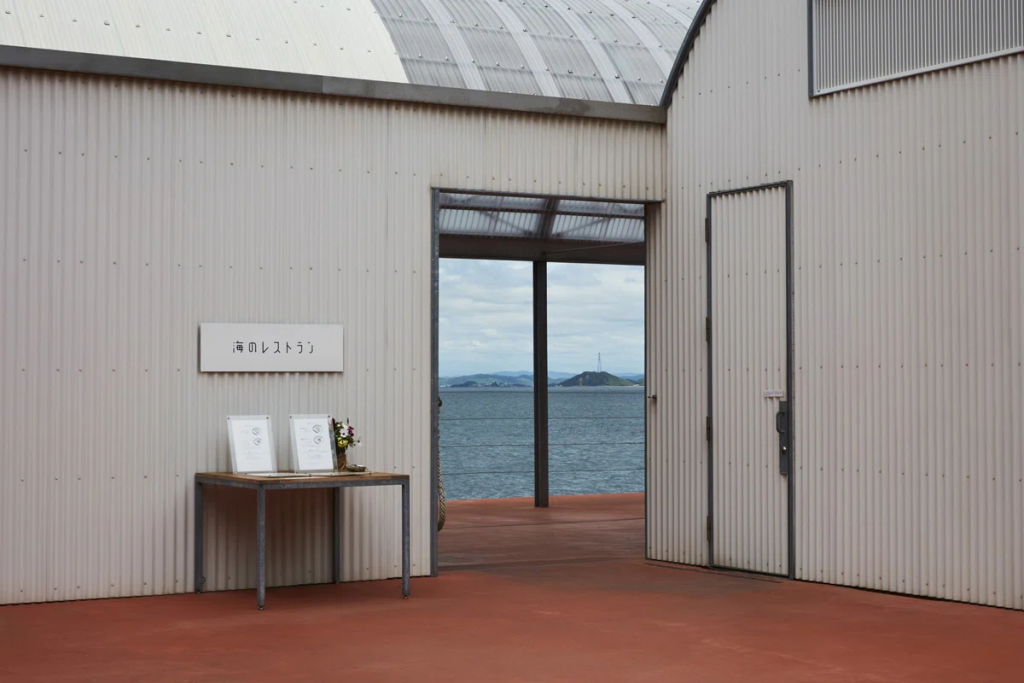
What would you tell your younger self, starting out in Paris with a camera and no formal training?
When I arrived in France, I didn’t have the financial means to make my own images. You had to find certain tricks to develop your work an image couldn’t be erased with a simple click with the ease of digital photography these days.
I had to learn to take few images from a sequence and not to focus on quantity but on choice. What could bring a kind of frustration by the past, has become an asset in the way of working.
So, to answer you question, I would like to tell my younger self to be patient, to respect his values and to never try to avoid difficulties, because they are an absolute opportunity to progress.
What is one piece of advice you’d want them to take away about appreciating photography in daily life?
Reality and everyday life can be of great interest to some and not at all to others it all depends on their curiosity their ability to find beautiful what does not seem so at first glance.
You can find him online at the following places: –
- Website = https://www.robertobadin.com/
- Instagram = https://www.instagram.com/robertobadin
Regards
Alex
